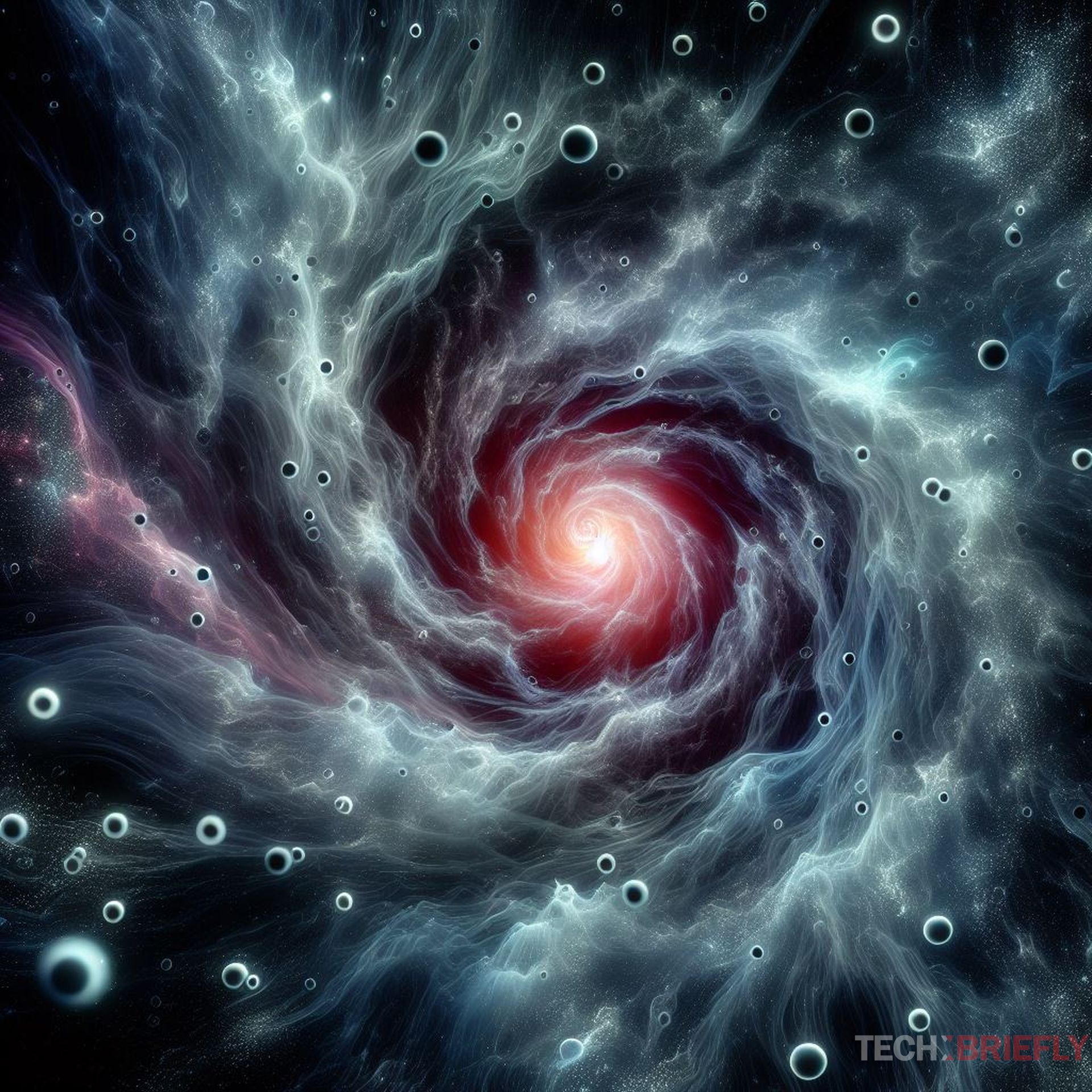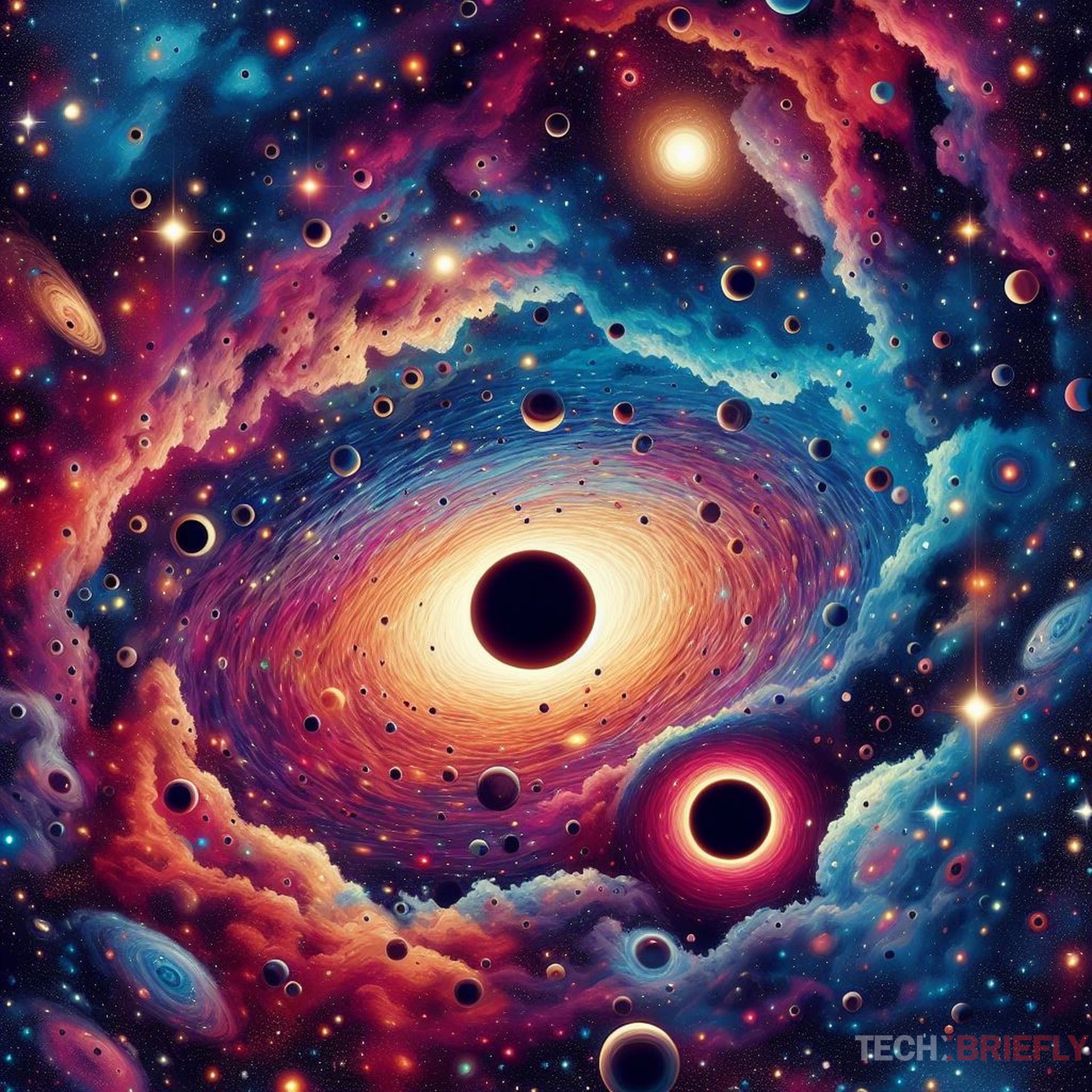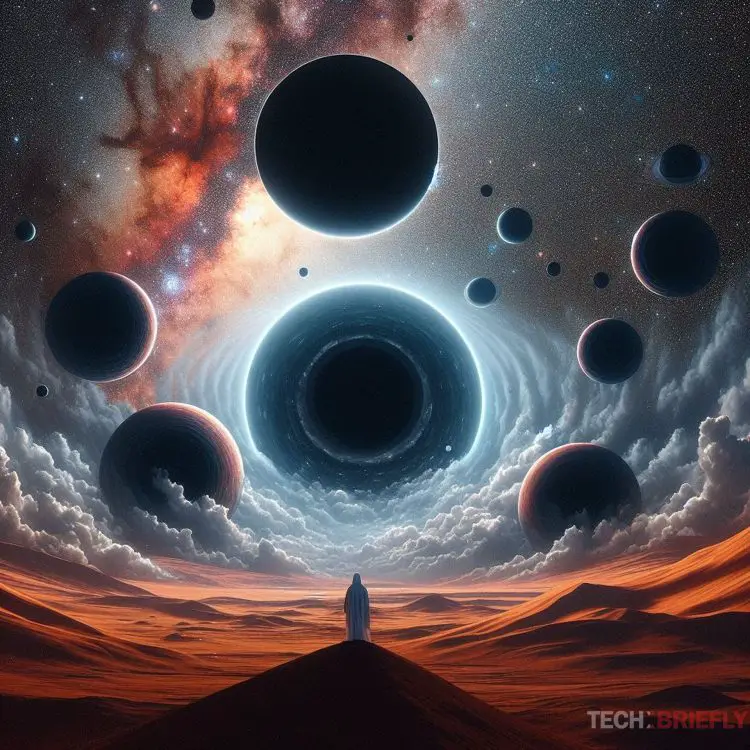The “Search for Hidden Particles” SHiP experiment approved by CERN marks the beginning of an exciting journey to unravel the mysteries of the Universe.
The experiment aims to discover “ghost” or “hidden” particles that are not included in the Standard Model and are thought to make up 95% of the Universe. Here’s what we know.
Why is the SHiP experiment important?
The SHiP experiment can potentially revolutionize particle physics and human learning about the universe. So what will it focus on?
First, it has the potential to radically change my understanding of how the Universe works and reveal particles that have remained undiscovered.
I’m not a scientist, but the observable Universe is only 5 percent of the real Universe. The remaining 95 percent is a big mystery! Can you really think that we are alone in this Universe? I don’t think we are alone. But as for the SHiP experiment, it can make an important contribution to solving such mysteries…
On the other hand, the Standard Model leaves many questions unanswered. The SHiP experiment can answer some of these questions and solidify the foundation of particle physics.

How will the SHiP experiment work?
The SHiP experiment will try to detect particles by slamming them against a hard surface instead of smashing them together. This “hard targeting” method is a thousand times more sensitive than the methods used so far. It should make it easier to detect “ghost” particles.
What could be discovered with the SHiP experiment?
The SHiP experiment could reveal new particles that have not been discovered so far. These particles could give us clues about the nature of dark matter and energy and lead to the discovery of new laws of physics.

When will the SHiP experiment start?
The SHiP experiment will start in 2030 and cost £100 million. It will be one of CERN’s biggest experiments and an important step towards solving the mystery of the Universe.
Final thoughts
The SHiP experiment is seen as a promising step towards unraveling the mysteries of the Universe and making a major breakthrough in particle physics. Its results could radically change our understanding of how the Universe works.
Featured image credit: Barış Selman / DALL-E 3





